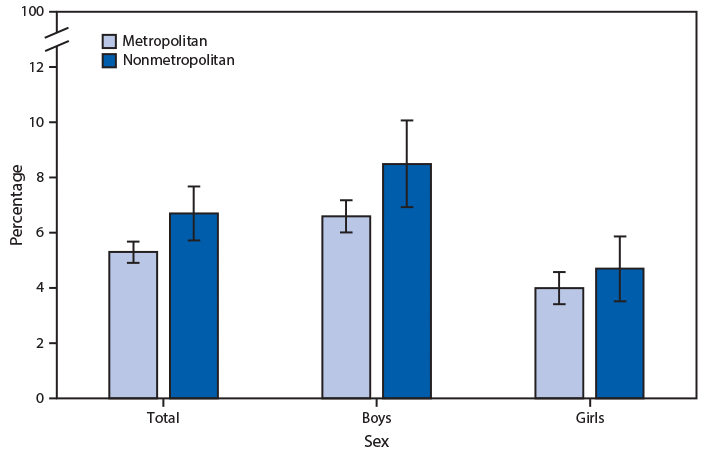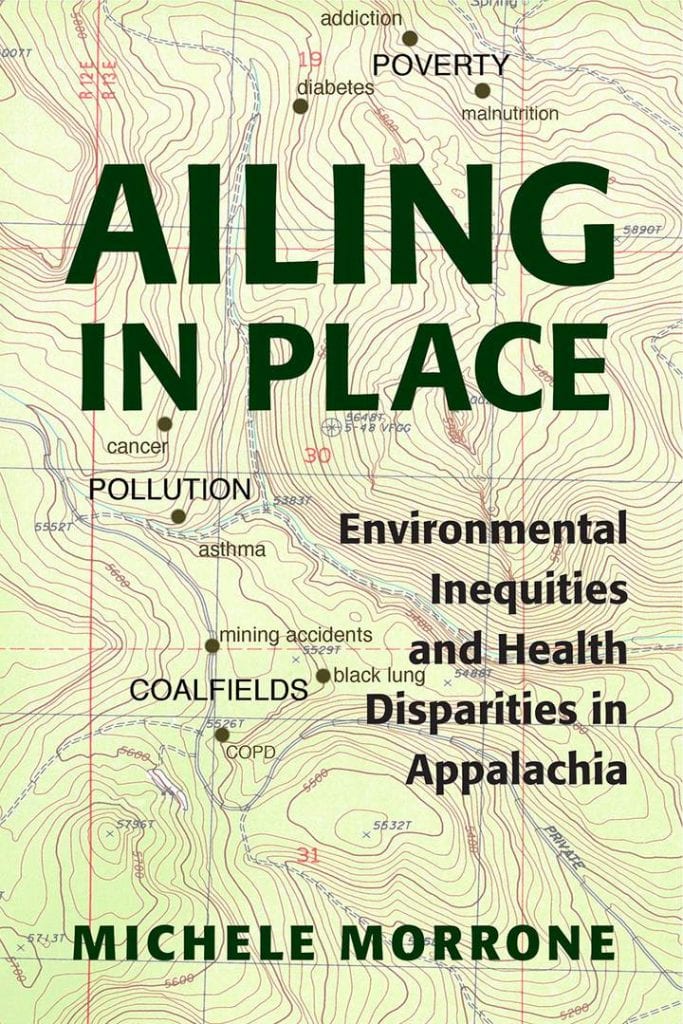Archive for 2020
The clinical characteristics and care pathways of patients with personality disorder who died by suicide – CORRIGENDUM
Prevalence and Characteristics Associated with Chronic Noncancer Pain in Suicide Decedents: A National Study
Embracing slippery slope on physician-assisted suicide and euthanasia could have significant unintended consequences
Trauma and resistance: ‘hang time’ and other innovative responses to oppression, violence and suffering
Screening clients for respiratory infection symptoms at entry to homeless shelters
Effectiveness of interventions to reduce substance abuse: A review of 12 Campbell systematic reviews
Drug and Opioid-Involved Overdose Deaths — United States, 2017–2018
Children Aged 5 – 18 in Yemen Answer: What’s Your Biggest Dream? | UNICEF
Social Security Programs Throughout the World: The Americas, 2019
Emotional and non‐emotional facets of impulsivity in eating disorders: From anorexia nervosa to bulimic spectrum disorders
Race in educational leadership preparation programs: mixed-race identity development in post-secondary students
Relationship of public health with continued shifting of party voting in the United States
Negative emotions and quality of life among adolescents: A moderated mediation model
Internet-based psychodynamic therapy vs cognitive behavioural therapy for social anxiety disorder: A preference study
Sexual Identity–Behavior Profiles and Suicide Outcomes Among Heterosexual, Lesbian, and Gay Sexually Active Adolescents
Percentage* of Children and Adolescents Aged 4–17 Years with Serious Emotional or Behavioral Difficulties,† by Sex and Urbanization Level§ — National Health Interview Survey, 2016–2018

COVID-19 – message from IASSW
Ailing in Place: Environmental Inequities and Health Disparities in Appalachia

In Ailing in Place, Michele Morrone explores the relationship between environmental conditions in Appalachia and health outcomes that are too often ascribed to individual choices only. She applies quantitative data to observations from environmental health professionals to frame the ways in which the environment, as a social determinant of health, leads to health disparities in Appalachian communities. These examples—these stories of place—trace the impacts of water quality, waste disposal, and natural resource extraction on the health and quality of life of Appalachian people.
Grace Abbott: Social Work Pioneer

PBS